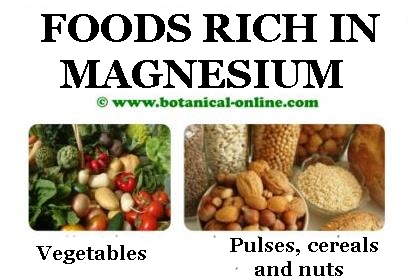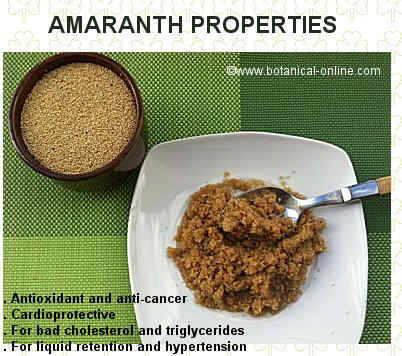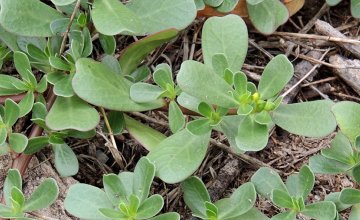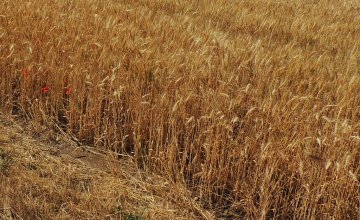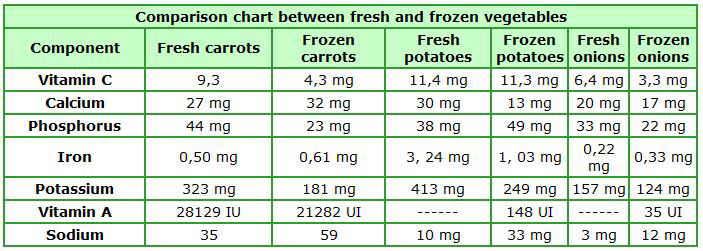Contents
Benefits of copper
CHARACTERISTICS OF COPPER
What is copper?
Copper is a mineral that the body needs even in very low doses, which is known as a trace element. The human body contains approximately 70-100 mg. of this component.
Copper is very important for health since it helps in the absorption of iron and, therefore, has a very important role in preventing anemia.
This trace element helps in the use of iron and helps form hemoglobin.
Copper helps to form collagen and melanin, and is indispensable in diets for skin and hair care.
Recently new potential virtues of copper are being discovered, such as its protective role against osteoporosis, to prevent hypertension and heart disease.
Is copper necessary for your health? Copper deficiency
Copper is a mineral that is necessary for the proper functioning of the body. Its deficiency can occur in any of the following anomalies:
- Anemia.
- Degeneration of the nervous system.
- Cholesterol.
- Cardiovascular problems.
- Infertility.
- Problems of the skin or hair.
- Poor bone formation.
- Problems of immunity.
Is too much copper dangerous?
Excess copper in the body is harmful and is manifested in the form of a disease called Wilson disease.
Where can copper be found? Copper sources
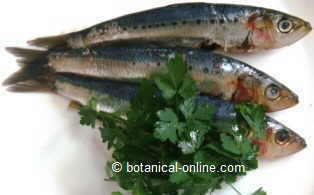
Sardines. Fish and especially seafood are the foods with the richest copper content.
- Animal sources of copper: Shellfish is the main animal source of copper, with oysters which have the highest amount. Organ meats (liver, kidneys, heart, intestines, etc.) are also important source of copper.
- Copper plant sources: vegetables rich in copper are whole grains, legumes, nuts and avocados. (More information on foods rich in copper in the listing below)
- Accidental sources of copper: The oxidation of copper pipes produces the incorporation of copper into the water. By drinking this water, we ad copper to our body.
Another accidental source of copper comes from copper vessels used for preparing food, such as pots and copper kettles. Many of them are made of copper alloys such as nickel silver(= alpacca), which is formed by the mixture of copper, nickel and zinc. Years ago most of the houses cutlery was made from nickel silver. Today is still being used for making luxury cutlery, crockery or containers because of its brightness and because its appearance resembles silver. In fact, it is known as German silver or new silver.
- Supplements: Another way of obtaining this mineral is by means of supplements. The following possibilities exist:
Copper aspartate
Copper citrate
Copper picolinate
* More information on copper food
When to take copper supplements?
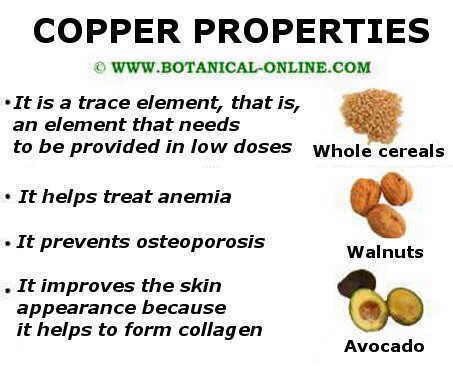
summary of the properties of copper for health
Copper supplements should be taken only by prescription, after he has made a proper diagnosis of the reasons for the origin of the lack of this mineral.
A balanced diet usually provides adequate daily intake of this mineral. However, the intake of copper supplements may be necessary in certain cases where there is poor absorption of this mineral, for example, gluten intolerance (celiac disease), Crohn’s disease or albinism.
It could also be appropriate to take copper supplements when taken pills for heartburn in a usual manner, as this type of medicine makes the intestinal absorption of copper. Very restrictive diet foods rich in copper could also be responsible for the deficiency.
How to take copper supplements?
Copper supplements in the form of capsules and tablets should be taken with the main meal. This will decrease the chances of developing stomach problems.
Most copper supplements are sold in combination with zinc.
When taking zinc supplements for more than 30 days, we recommend a daily intake of copper supplement of about 2 mg as zinc interferes with copper absorption.
Uses of copper in the industry
Copper is a malleable, ductile and slightly corrosive mineral. It is widely used in industry, mainly in electrical wiring and as a component of many machine parts. It also appears, alone or combined with other mineral in the manufacture of bells, coins, cooking utensils, insecticides, paints, fertilizers, food additives, dyes, etc..) In fact, it is the third most common mineral in the world after iron and aluminum.
The importance of copper throughout the history of humanity has been crucial. Remember that there is a period of it in which humans used it as material in the manufacture of weapons and utensils (Copper Age). During another period, it was used together with tin to make bronze, an alloy that gave name to this period of humanity (Bronze Age)
When it was substituted by iron and steel in the manufacture of articles of common use, it was intended primarily to electrical wiring and electrical equipment as well as water pipelines, coins and components of many machines.
![]() More information on copper
More information on copper

